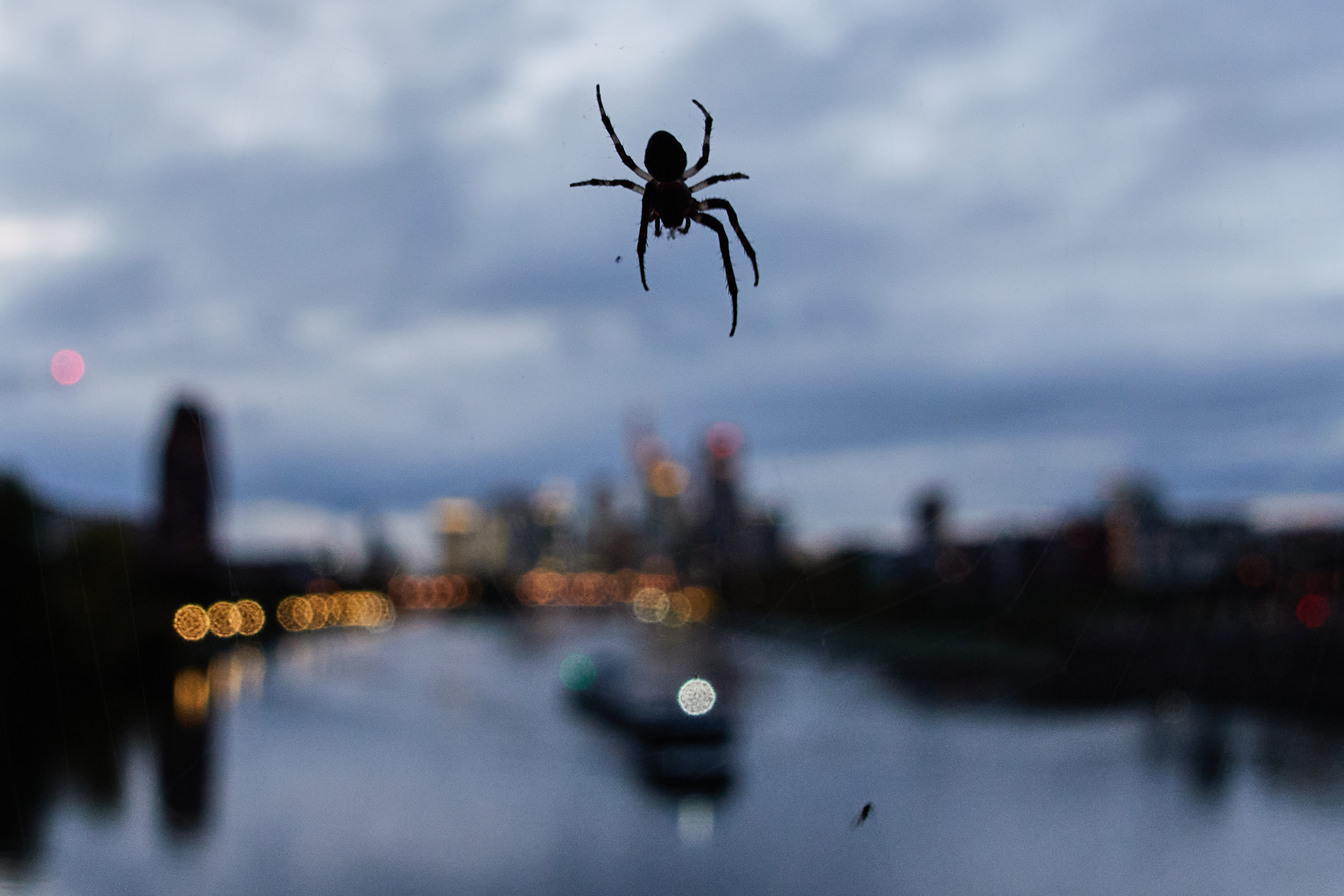
Somewhere on the border between Greece and Albania, a warm, sulfur-laden cave hides a scene that would test the nerves of any arachnophobe.: a silk net that covers more than one hundred square meters and provides shelter to about 111,000 spiders.
The so-called Sulfur Cave is much more than a refuge for this huge colony. It is a unique ecosystem, where life thrives in conditions that seem designed to prevent it: absolute darkness, sulfur-dense air and a toxic underground environment where, despite everything, life makes its way.
Discovery of the giant spider web
The discovery took place in 2022, when a group of speleologists from the Czech Speleological Society were exploring the area and came across this unusual community of arachnids. Surprised by what they saw, they immediately contacted a team of biologists.
Since then, researcher István Urák, from the Hungarian Sapientia University of Transylvania, has led several expeditions to study the phenomenon in detail.
Urák described his first impression as a mix of gratitude and respect: “You have to live it to really know what it feels like,” he told Live Science.
According to the researchers, who published their findings in the journal Subterranean Biology, the spider web covers more than one hundred square meters; an extension so large that, as the media ironically stated IFL Science, It would be “wide enough to catch a whale.”
The structure begins about 50 meters from the cave entrance and unfolds along a narrow, low-ceilinged section, plunged into complete darkness.
111,000 spiders living in the same structure
The most surprising thing is not only the size of the spider web, but also who inhabits it and how they manage to coexist. Researchers estimate that about 69,000 people live in the cave. domestic tegenaria –the classic house funnel spider– and more than 42,000 Prinerigone vagansa species that normally spins flat webs.
Outside the cave, both species are common and usually live solitary; It had never before been documented that they shared the same structure or that they lived in a colonial way, an extremely rare behavior for them.
Scientists suspect that this unusual coexistence is due to the particular environment of the cave. The T. domestica, larger ones, seem to be the main architects of the network, while the smaller ones P. vagans They act as opportunistic tenants.
In a world of perpetual darkness, the absence of light – and therefore vision – could have favored this peaceful coexistence: perhaps they simply do not see each other.
An underground sulfur-based ecosystem
But the mystery doesn’t end there. What feeds this vast community of spiders are not insects that come from outside, but species that are born and complete their life cycle within the cave itself.
Thanks to isotopic analyzes – to track their diet – and genetics – to compare their populations, researchers discovered that the entire food chain is based on chemoautotrophy: Instead of relying on sunlight, the ecosystem obtains its energy from chemical reactions generated by bacteria that metabolize sulfur compounds, abundant in the cave environment.
These bacteria form viscous biofilms that cover the walls and serve as food for the larvae of chironomid mosquitoes – harmless and non-biting – which, in turn, become the main sustenance of the spiders.
The Sulfur Cave spiders not only behave differently: they also present genetic differences and a less diverse gut microbiota than its surface relatives. The lack of population exchange and prolonged isolation in this extreme environment seem to have favored these variations.
According to the researchers, the finding illustrates the “genetic plasticity” that some species can develop in such unique conditions.
In an environment where the air is thick with sulfurous vapors and sunlight never penetrates, life has found a way not only to resist, but to flourish. What might seem like a scene straight out of a nightmare is, for scientists, further proof that nature still holds surprises in its darkest corners.
And in this case, that surprise has eight legs… or, rather, 111,000 times eight.
